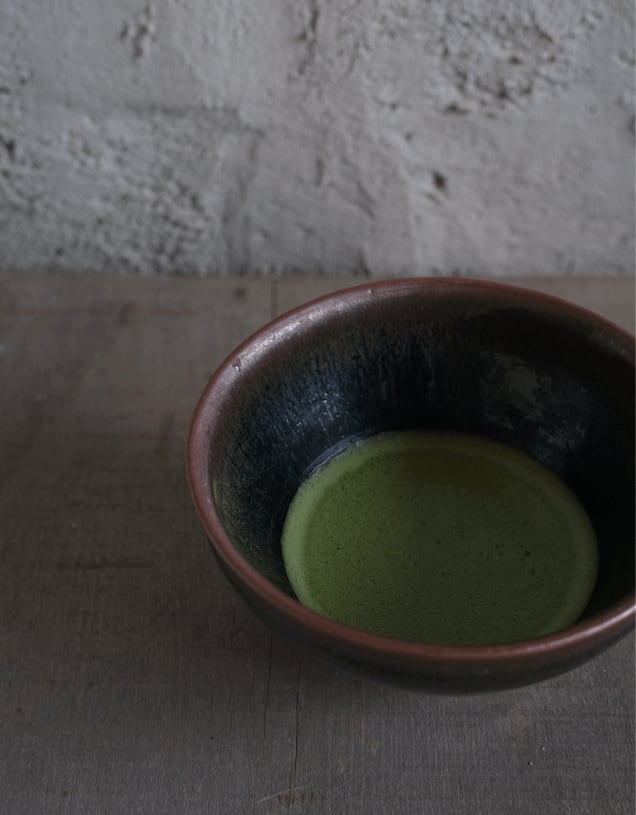
Ceramic artist Noriyuki Furutani answered four questions about his practice to comemmorate Ippodo Gallery's premier of the annual Magic of the Tea Bowl exhibition. On view now at 32 E. 67th St. 3rd Floor, the spirit of Furutani's devotion to tenmoku is at your fingertips.
Noriyuki Furutani, based in Shigaraki—one of the oldest ceramic regions in Japa—focuses singularly on the classical tenmoku style brought to Japan from China during the thirteenth century. Furutani’s pursuit has led him to classic glazes such as the ‘hare’s fur’ and ‘oil spotting’ methods, which are excellent expressions of historically significant techniques.
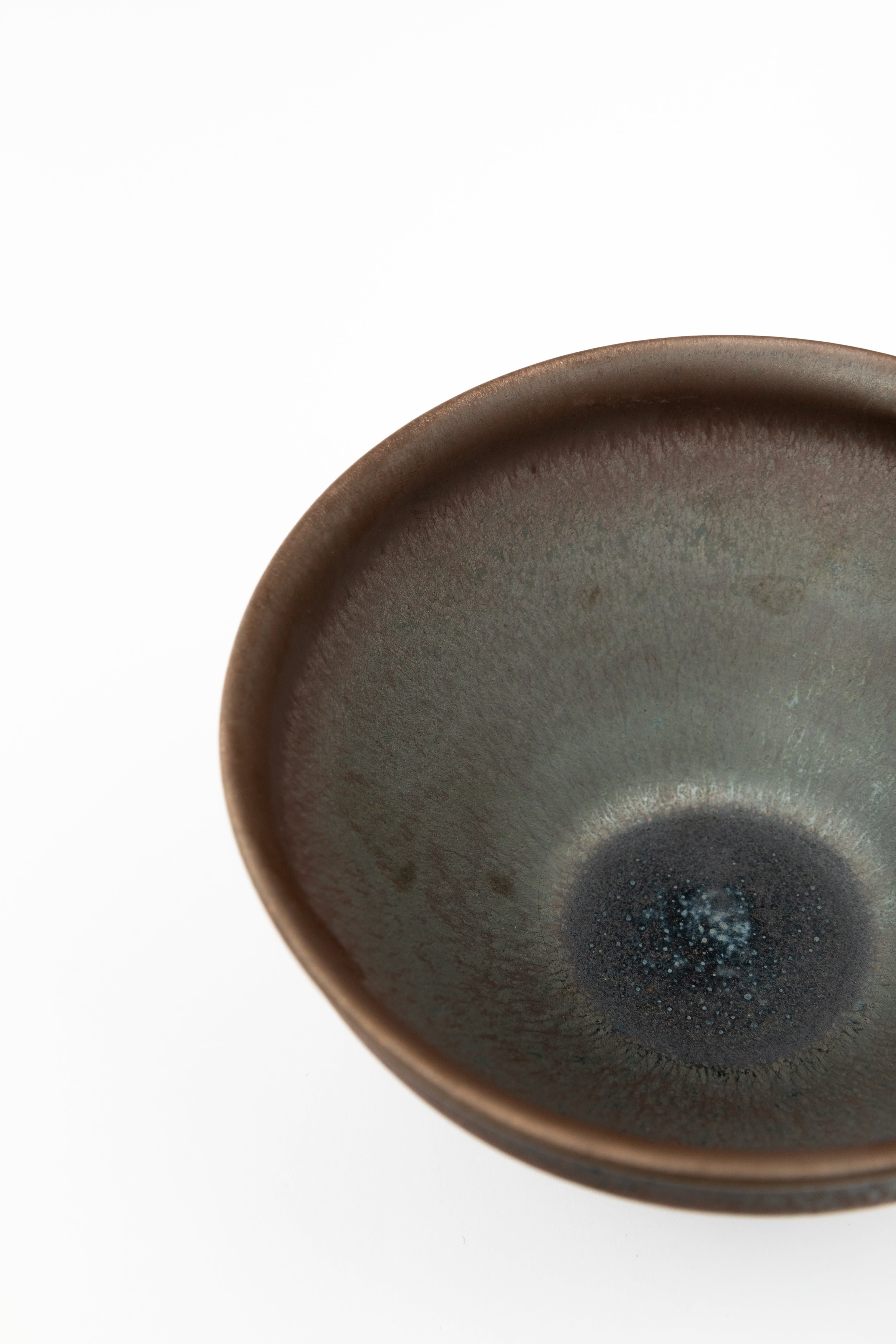
Noriyuki Furutani, Yenmoku Tea Bowl (Anagama) –油滴天目茶盌 (穴窯焼成), (C24202)
Question 1:
Do you practice tea in daily life? Please share your chanoyu routine, or a beloved memory of chanoyu.
Noriyuki Furutani:
I used to learn and practice the tea ceremony from a teacher in Kyoto.
When I first became a student and was invited to my debut tea ceremony, a bee came into the tearoom. Everyone was laughing while we had to chase the bee out of the room.
I remember that moment, when the tension in the tearoom was softened for just a moment. I realized that even ordinary scenes and accidents can be transformed into such enjoyable moments such a different space as a tearoom.

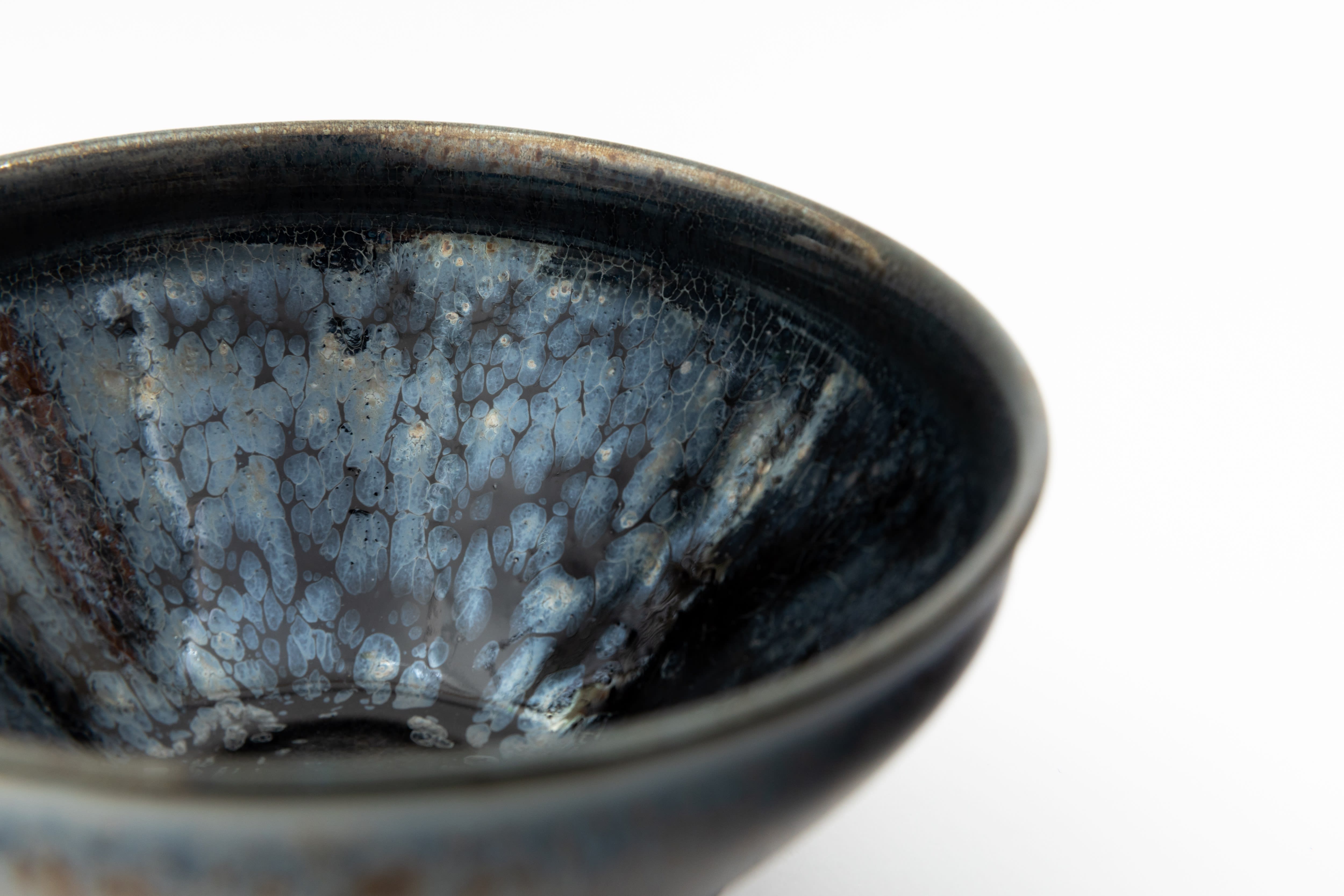
Noriyuki Furutani, Tenmoku Tea Bowl (Anagama) –油滴天目茶盌 (穴窯焼成), (C24196)
Q2:
Please describe the influences that inspire your work.
Furutani:
I gather much inspiration from seeing old objects in museums. I am also influenced, naturally, by daily objects; even the bowls that I make and use. The rice bowls and matcha tea bowls that I use every day are both polar opposites, but there is something consistent in my mind.
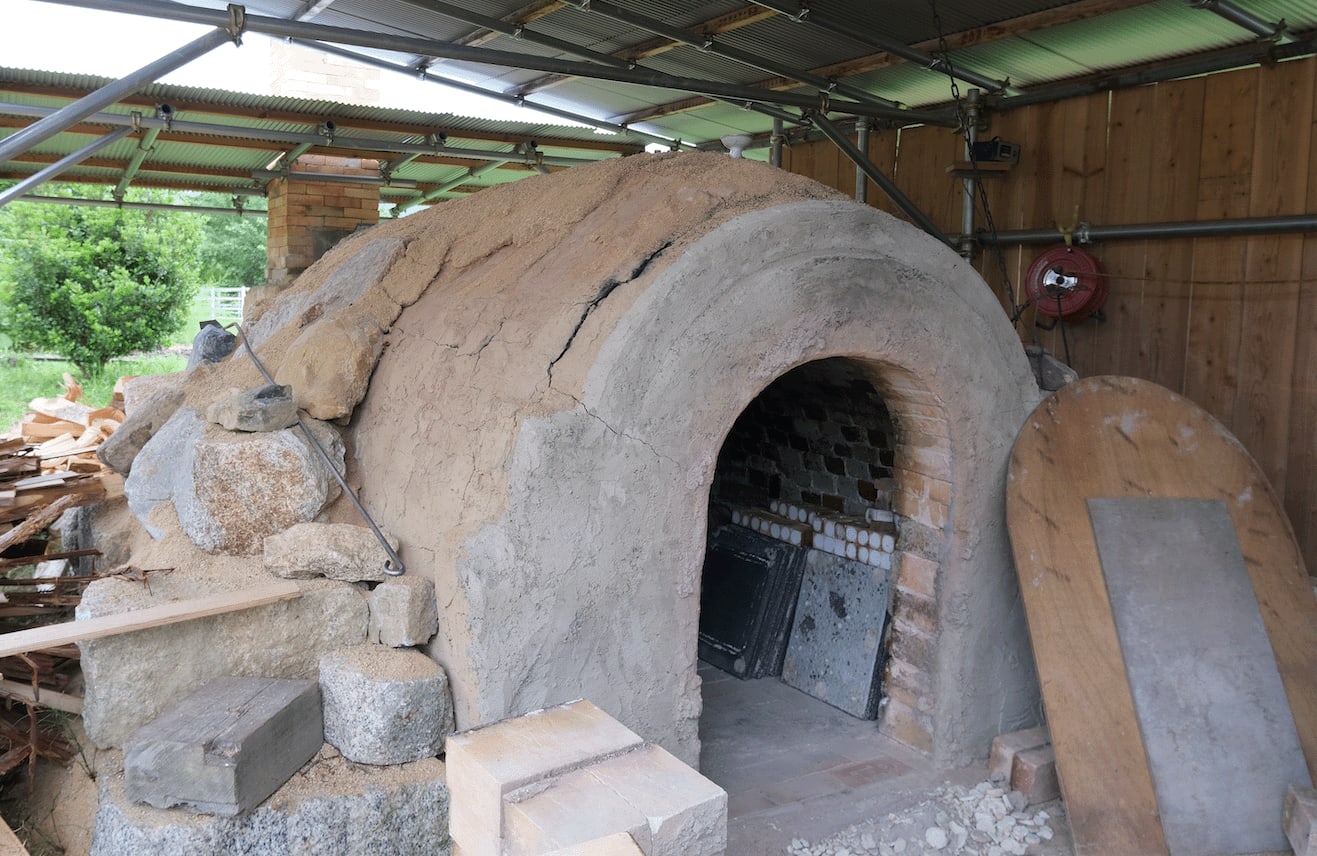
Noriyuki Furutani's Kiln (Exterior)

Noriyuki Furutani's Kiln (Interior)
Q3:
Please describe the qualities do you most treasure in a tea bowl—be that shape, color, texture, or history, style, and type of clay?
Furutani:
The first step in the process is the shape; so if the shape is bad, even if the firing is good, it is not worth talking about the work.
The first step is to shape the bowl with rokuro (wheel), and the next day I shave the kodai (base of the bowl). Hundreds are made and fired, but as these are tenmoku—which is a difficult firing process—only a few satisfactory bowls remain after a firing.
I believe the final result of all these processes is what we can call the "dignity" of each work.

Noriyuki Furutani's tools from his studio.
Q4:
Please share with us how you prepare to make a new piece; how do you decide on the materials and direction for the idea?
Furutani:
I start by preparing my own clay.
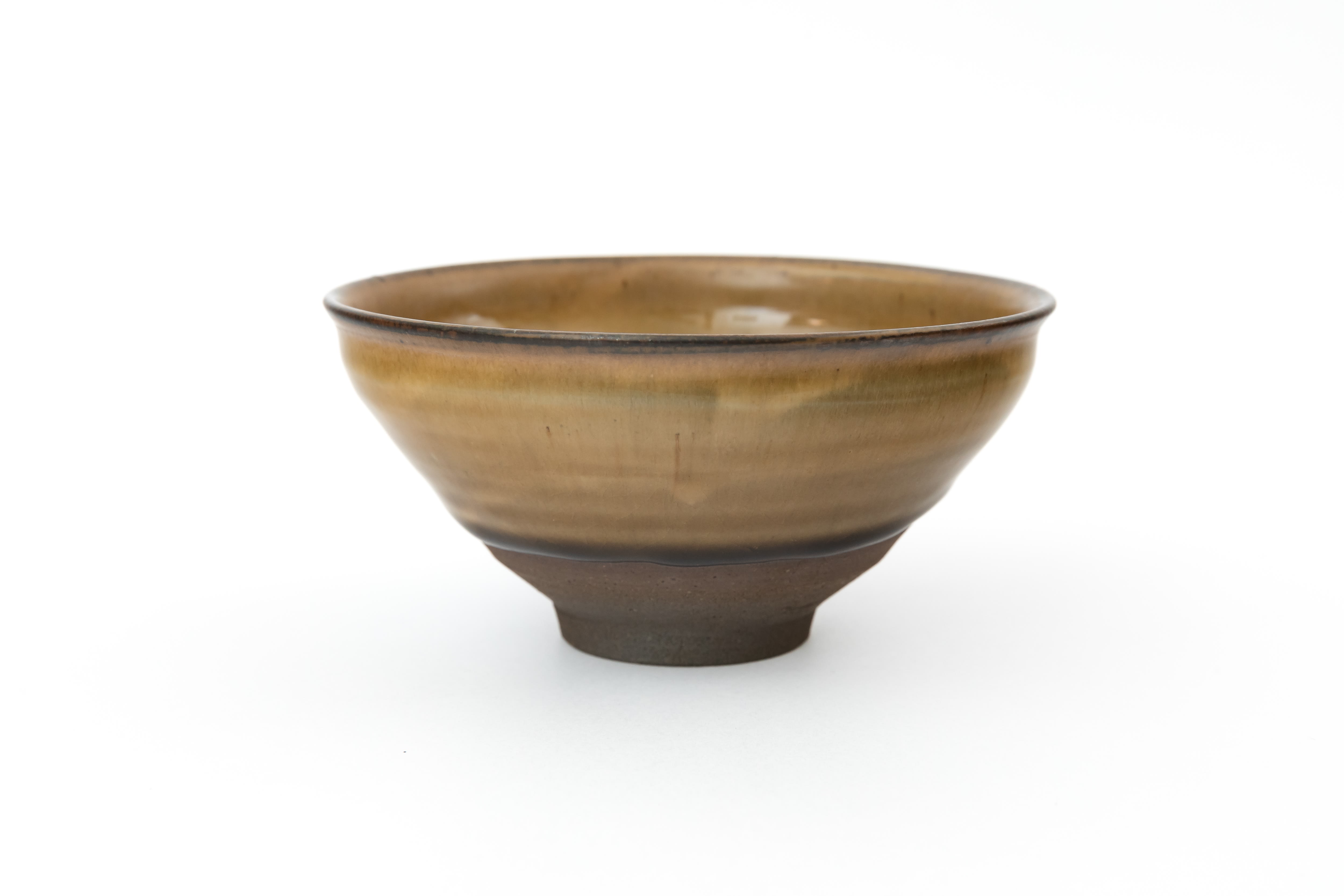
Noriyuki Furutani, Yellow Tenmoku Tea Bowl (Anagama) - 黄天目茶盌 (穴窯焼成), (C26026)
Noriyuki Furutani's unparalleled tenmoku tea bowls join Magic of the Tea Bowl vol. III, on view NOW at Ippodo Gallery NY until July 13. Don't miss the enchantment of Furutani's sublime yuteki chawan!
